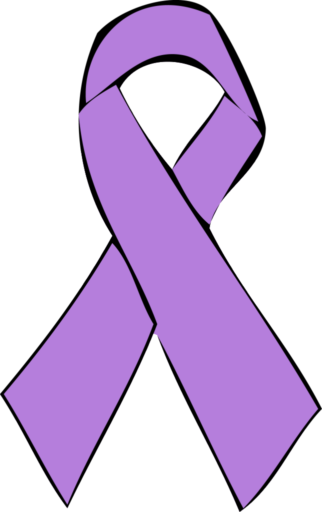So for any one wondering I thought I would do a little information sheet on what cancer I have dealt with. I’ve had the same cancer twice now (future posts about this to come), it came back within less than a year so I thought I would find out some facts on Hodgkin’s Lymphoma and give you some proper info more than what I have learnt, so actual statistics. These are all facts and statistics I have found on the internet and I will give you links to the places I found them so you can read more for yourself if you are interested.
So here goes…
Lymphoma means a cancer of the lymphatic system. There are 2 main types of lymphoma:
- Hodgkin lymphoma
- non-Hodgkin lymphoma (NHL)
Hodgkin lymphoma was named after the doctor who first recognised it in 1832 – Thomas Hodgkin. It used to be called Hodgkin’s disease.
Hodgkin lymphomas have a particular appearance under a microscope. They contain cells called Reed Sternberg cells. Non-Hodgkin lymphomas look different under the microscope and do not contain Reed Sternberg cells.
Reed Sternberg cells are a type of white blood cell called a B lymphocyte, that has become cancerous. B lymphocytes normally make antibodies to help fight infections.
Most lymphomas are non-Hodgkin lymphoma. Only about 1 in 5 are Hodgkin lymphoma (20%).
It’s important for doctors to be able to tell the difference between Hodgkin and non-Hodgkin lymphomas. They are 2 different cancers. And although they’re very similar in many ways, the treatment for them is not quite the same
In the UK, Hodgkin lymphoma is slightly more common in males than females.
It can happen at any age. In men, it is more common between the ages of 20 to 24, and 75 to 79. In women, it is more common between the ages of 20 to 24, and 70 to 74.
Hodgkin lymphoma is rare.
Around 2,100 people are diagnosed in the UK each year. It accounts for less than 1 out of 100 new cases of cancer (1%) in the UK.
In Hodgkin lymphoma, it is cells in the lymph nodes that have become cancerous.
Lymph nodes are bean shaped glands found all over the body that are part of the lymphatic system. They’re connected by very fine tubes called lymph vessels (or lymphatics). Tissue fluid called lymph circulates around the body in these vessels and flows through the lymph nodes.
The lymph nodes filter germs out of the lymph fluid and contain specialised white blood cells, which kill any bacteria or viruses they find. This explains why your lymph nodes swell when you have an infection.
Hodgkin lymphoma can start anywhere in the lymphatic system, because the lymphatic system is all through the body. It can develop in more than one place in the body at the same time.
The most common place for it to be noticed is in the lymph nodes in the neck. But it can start in any of the lymph nodes in the body. For example; in the chest, groin or abdomen, or under the arm.

You can also get Hodgkin lymphoma in body organs. Just over 1 in 10 people (10%) diagnosed have signs of Hodgkin lymphoma in the liver, bone or lung. About 1 in 3 people (33%) diagnosed have it in their spleen.
The spleen is a large organ to the left of your stomach and it helps to process blood cells.
Hodgkin lymphoma can occur in either the tonsils or a gland in the chest called the thymus, but this is very rare. Lymphoma in these sites is usually non-Hodgkin lymphoma.
Some people have Hodgkin lymphoma in parts of the body outside the lymphatic system and this is called extranodal disease.
Found at http://www.cancerresearchuk.org/about-cancer/hodgkin-lymphoma/about
Every 20 minutes someone in the UK finds out they have a blood cancer.
Blood cancers are life-threatening partly because they stop a person’s immune system working properly.
On average, 70 people a day in the UK are diagnosed with a blood cancer. [2008 Incidence statistics from Cancer Research UK: non-Hodgkin lymphoma (11,861), leukaemia (7,700), multiple myeloma (4,516), Hodgkin lymphoma (1,730). Total blood cancers (25,807)]
Found at https://www.anthonynolan.org/facts-and-stats
On a side note. I had it in my spine, and pretty much riddled from my waist up. On my lungs, spleen, sternum and many other places. I also was 23 when diagnosed and had probably had it in my body for up to a year and a half before diagnosed, I was Stage 4.
